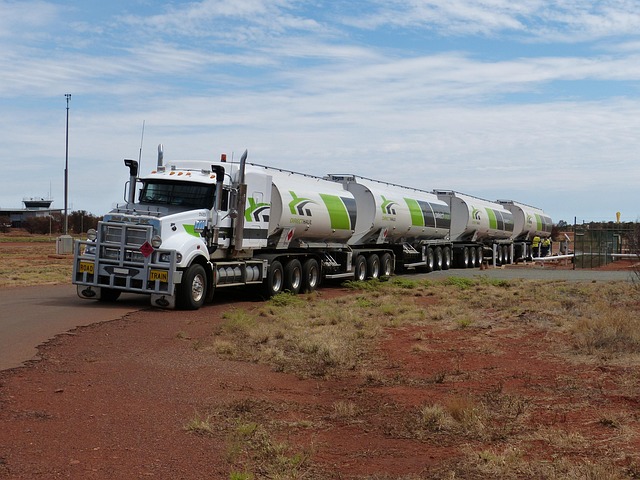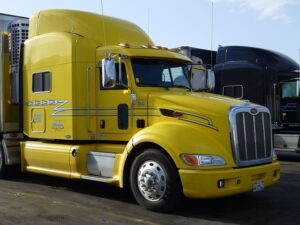Register Car California: VIN Verifier Guide for New Plate
Looking to register your car in California? This comprehensive guide walks you through the process, ensuring a smooth experience. From understanding key requirements to gathering essential documents a…….

Looking to register your car in California? This comprehensive guide walks you through the process, ensuring a smooth experience. From understanding key requirements to gathering essential documents and verifying your vehicle’s identity using a VIN verifier, each step is clearly explained. Learn how to complete the registration application, pay fees, and receive your new plates. Streamline the process with these expert tips and make it happen in California.
- Understand California Car Registration Requirements
- Gather Necessary Documents for Registration
- Verify Vehicle Identity Using VIN
- Complete and Submit Registration Application
- Pay Registration Fees and Receive Plate
Understand California Car Registration Requirements

Before registering your car in California, it’s crucial to understand the state’s requirements. California requires all vehicles to be registered with the Department of Motor Vehicles (DMV) within 30 days of establishing residency or purchasing a vehicle. This process involves providing essential documents and passing an emissions test for most vehicles. One key component is ensuring your car has a valid Vehicle Identification Number (VIN) verification. A mobile VIN verifier can facilitate this step by quickly and conveniently checking the VIN’s authenticity, ensuring it matches the vehicle’s make, model, and year.
Additionally, many counties in California offer online registration services, making the process more efficient. You’ll need to fill out applications, pay associated fees, and present proof of insurance and identification. Some regions also provide the option for a mobile VIN inspection, allowing you to complete these requirements without visiting a DMV office. This flexibility, coupled with the use of modern tools like a mobile VIN verifier, can make registering your car in California a smoother and faster experience.
Gather Necessary Documents for Registration

Before you begin the registration process, make sure to gather all the essential documents required by the California Department of Motor Vehicles (DMV). One crucial piece is the Vehicle Identification Number (VIN) verifier, often offered through mobile vin inspection services, which ensures the vehicle’s authenticity. Additionally, you’ll need proof of ownership, typically a title or a bill of sale, along with valid identification such as a driver’s license or state ID card.
Don’t forget to carry along any other relevant paperwork, including insurance information, a completed application form for vehicle registration, and possibly receipts from recent maintenance or repair work. Having these documents readily available will streamline the registration process at your local DMV office or when using their online services.
Verify Vehicle Identity Using VIN

Before registering your car in California, it’s crucial to verify the vehicle’s identity using its unique Vehicle Identification Number (VIN). This critical step ensures that the vehicle is as described and helps prevent fraud. A VIN verifier, whether a mobile vin verification service or a traditional vin inspection at a DMV location, cross-references the provided information with databases to confirm the vehicle’s make, model, year, and other details.
Using a mobile vin verifier offers convenience by allowing you to complete this process from the comfort of your home or even while waiting for other errands. Alternatively, you can visit a DMV center for a direct vin inspection. Either way, this verification is an essential part of the registration process in California, ensuring that all vehicles on the road are legitimate and safe.
Complete and Submit Registration Application

To register your car in California, the first step is to complete and submit the Registration Application form. This crucial document requires detailed information about your vehicle, including its make, model, year, and unique Vehicle Identification Number (VIN). The VIN is a vital piece of data that serves as a digital fingerprint for your car, ensuring accuracy during the registration process.
A reliable method to obtain this critical VIN information is through a vin inspection or using a mobile vin verifier service. These services provide convenient, on-site checks, allowing you to verify the VIN and other vehicle details quickly. By ensuring precise data submission, you streamline the registration process, making it efficient and reducing potential delays.
Pay Registration Fees and Receive Plate

After completing the registration process and providing all necessary documentation, the next step is to pay the registration fees. These fees cover various costs associated with vehicle ownership, including license plate issuance and road usage taxes. You can typically pay online or in person at a California Department of Motor Vehicles (DMV) office. Once your payment is processed, you’ll receive your new license plates.
The DMV will assign unique license plates to your vehicle, which display the California registration number. Ensure that you have both the registration documents and plates securely stored in your car. Remember, proper documentation and license plates are crucial for legal on-road usage, and a vin inspection or mobile vin verification can help ensure your vehicle’s information is accurate and up-to-date with the DMV records, using your Vehicle Identification Number (VIN).
Registering a car in California is a straightforward process that requires understanding specific regulations and gathering essential documents. By following these steps, including using a VIN verifier to confirm your vehicle’s identity, you can ensure a smooth registration experience. Completing the application, paying the fees, and receiving your license plate are simple yet crucial final stages. Remember, adhering to California’s car registration requirements is not just legal obligation but also ensures your vehicle’s long-term roadworthiness.







